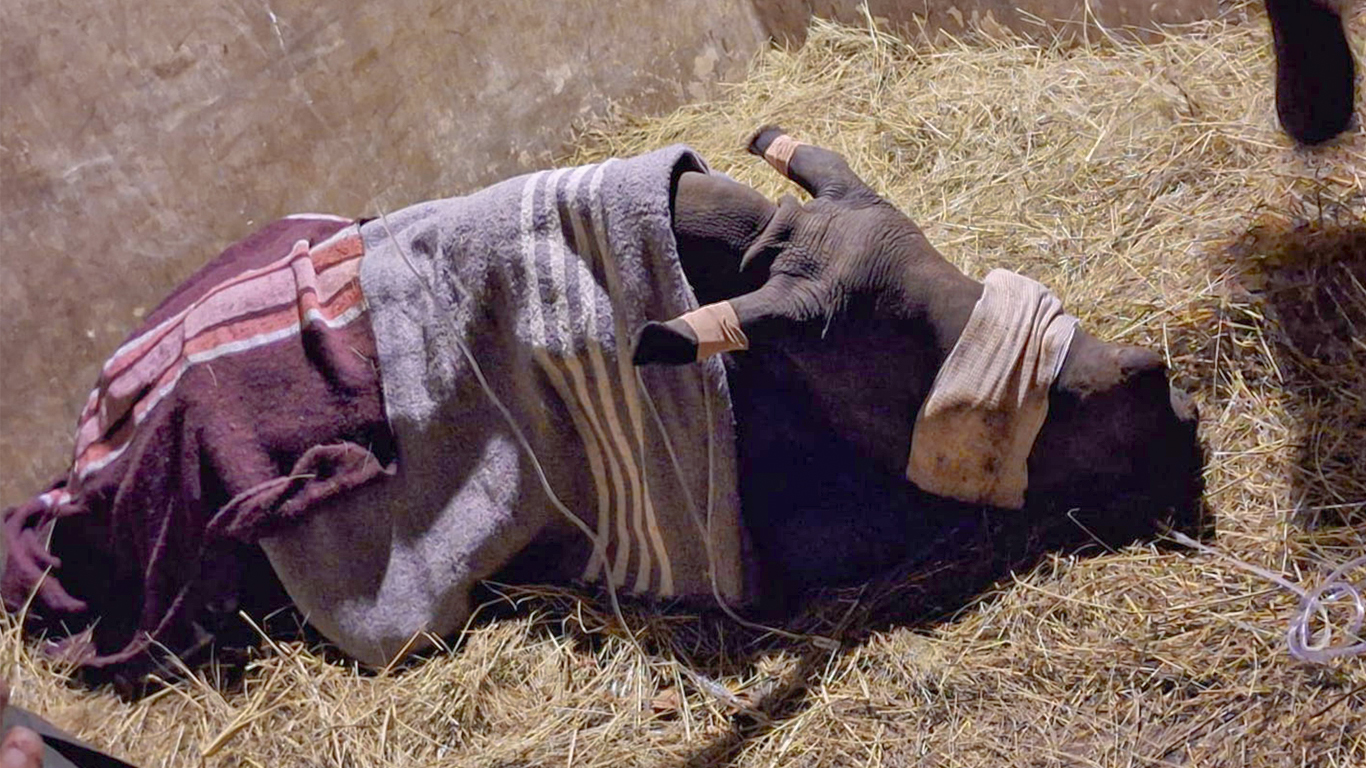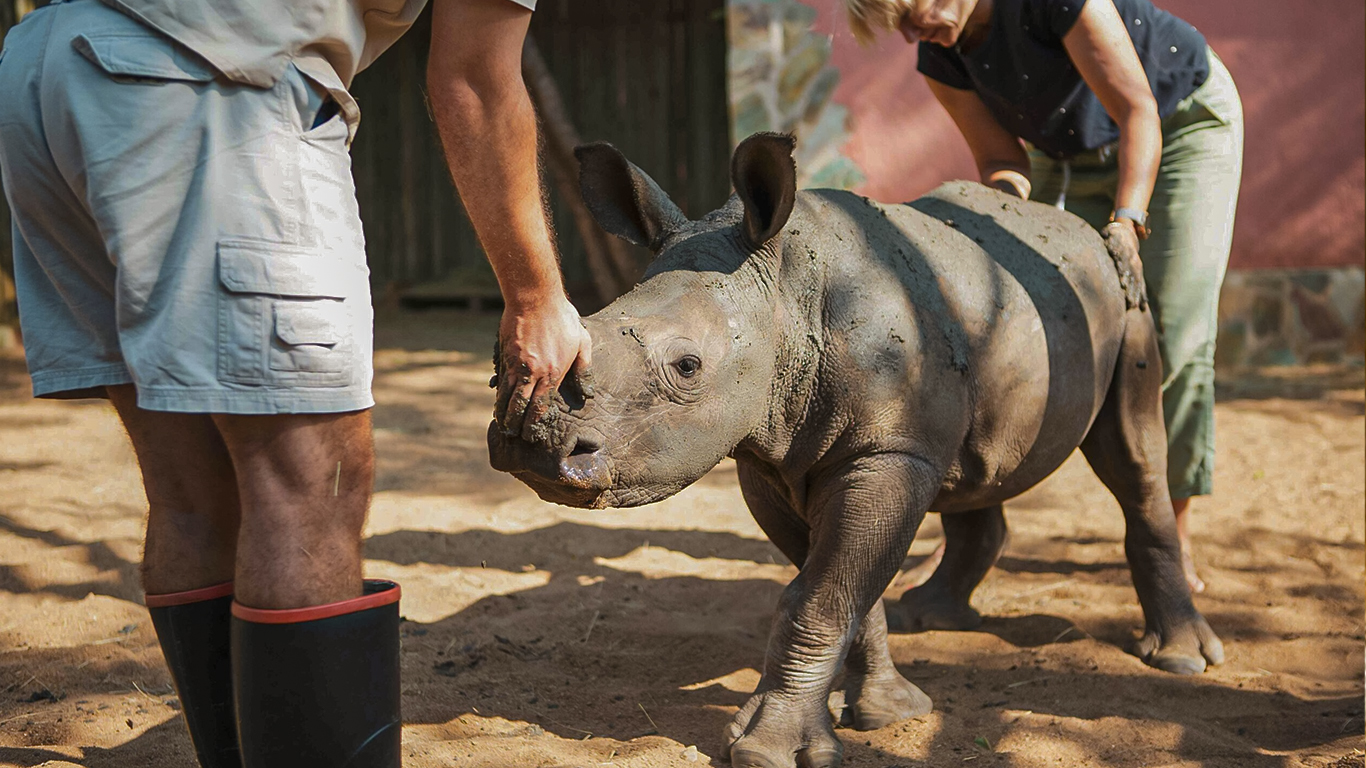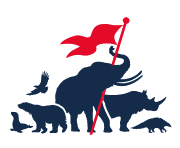Poachers relentlessly hunt rhinos for their horns. Hunters shoot them and mount their heads on walls. Their natural habitats are disappearing faster and faster every day.
For South Africa’s rhinos, almost nowhere is safe. Now, one of the few sanctuaries looking after orphaned, abandoned and injured rhino calves has run out of space and funds.
As rhino populations creep closer to extinction by the day, we need your help to keep the species from disappearing forever.

Today, we ask for your help to construct dedicated enclosures and provide specialized milk formula for orphaned rhino calves, in partnership with the Hoedspruit Endangered Species Center (HESC) in South Africa.
HESC is at the forefront of rhino rescue and rehabilitation, but the number of rhino calves in their care has outgrown their capacity to give them the support they need.
Soon, our partner could be forced to turn calves away because they don’t have the space or resources – leaving these helpless animals with no prospects of survival.
Many of the baby rhinos at HESC witnessed the brutal poaching of their mothers. Others lost their moms to natural causes, leaving them starving and defenseless against predators.
Gertjie was just three months old when he was rescued, grieving beside his mother’s lifeless body after poachers killed her. Matimba, only one month old, was found alone and needed round-the-clock care to survive. Bula, a seven-month-old calf, lost his mother to old age and was too weak to survive on his own.
These rhino calves need specialized care, constant monitoring and proper enclosures to heal, grow, and one day return to the wild where they belong.
Rehabilitating orphaned rhinos is an incredibly intensive process. From the moment they arrive at HESC, they require 24-hour monitoring to ensure their safety and well-being.

One of the biggest challenges is providing them with proper nutrition. A baby rhino drinks up to 25 liters of specialized milk formula every day, and the cost quickly adds up. Since this formula is specially designed for rhinos and often needs to be imported, it is one of the most expensive but essential parts of their care.
After months of preparation, the young rhinos are gradually released back into the wild or moved to protected game reserves, where they can roam freely and contribute to the future survival of their entire species.
To heal and grow, these orphaned rhino calves require more than a specialized diet – they need dedicated enclosures specifically tailored to meet their needs.

The enclosures the rhinos are staying in now are not built to accommodate them. They need new spaces designed for their needs, ensuring healthy development in a secure, stress-free environment. Only with the right milk formula and enclosures will they have the best possible chance of returning to the wild.
Together, we can give them this chance.
By funding both the construction of proper enclosures and the cost of the calves’ milk formula, we can help these orphaned rhinos survive, recover and hopefully be released into protected wild areas.
In the fight to save these precious, endangered animals, every life counts.
Help us save this species, one life at a time. Donate today.


